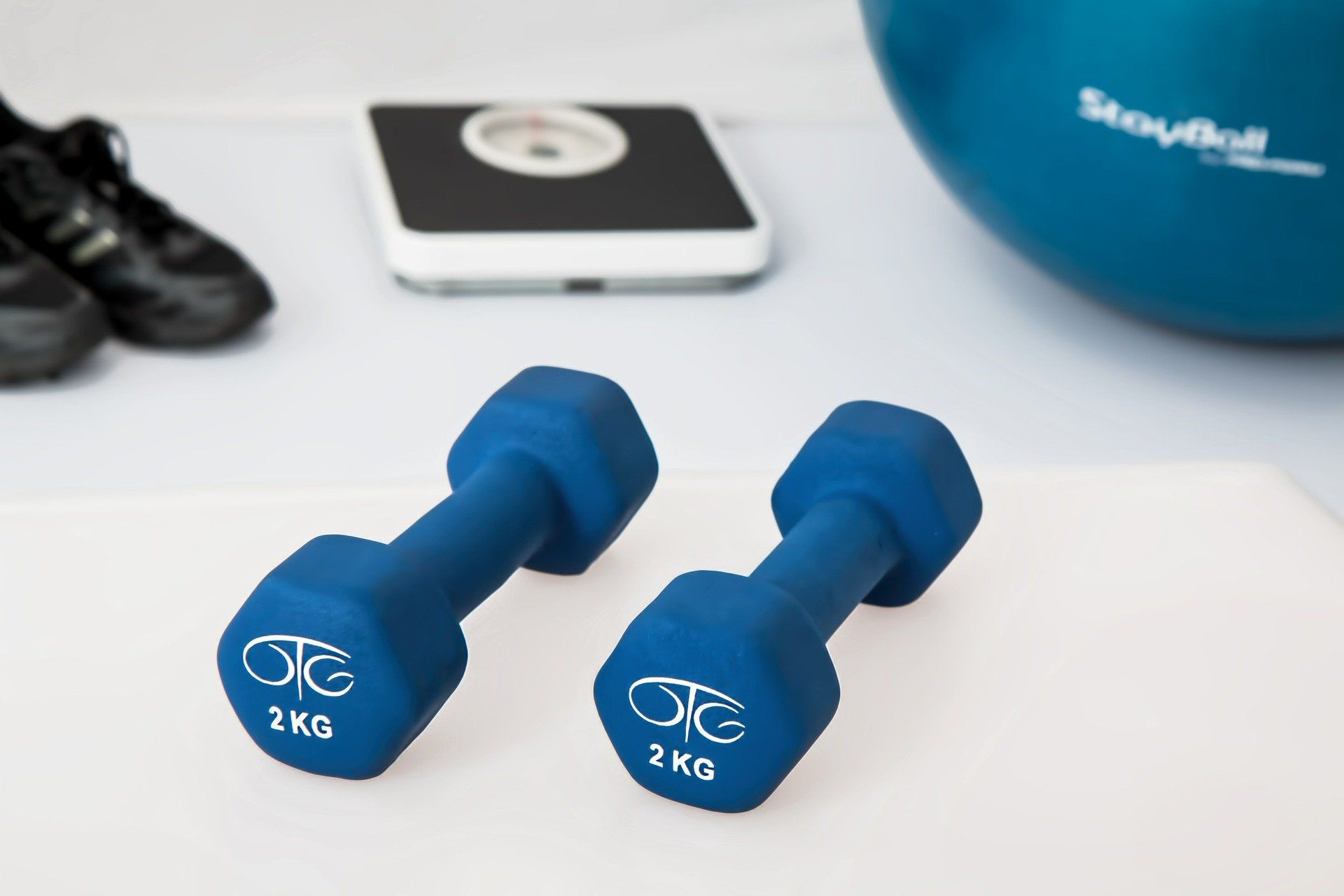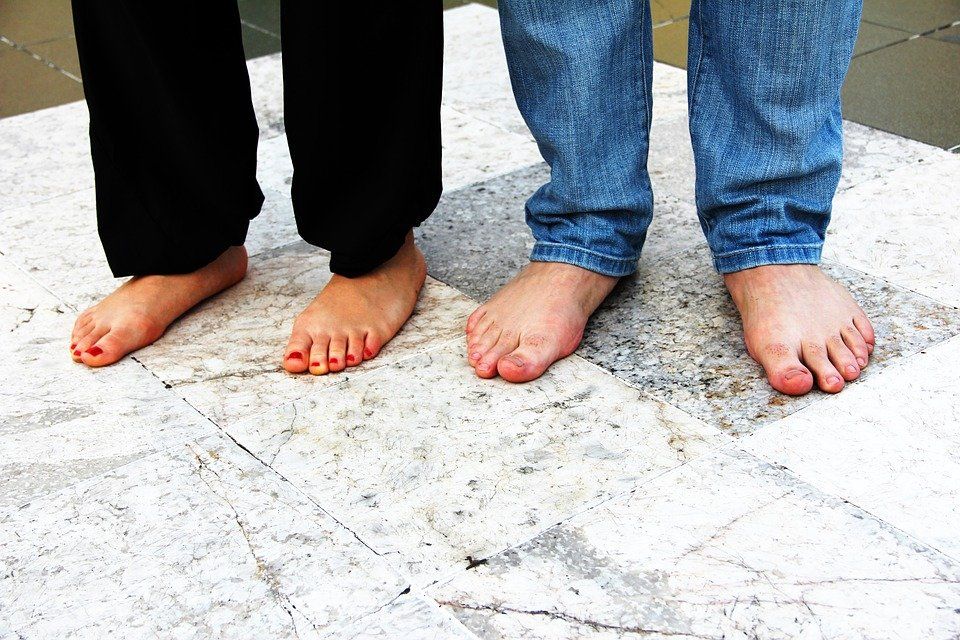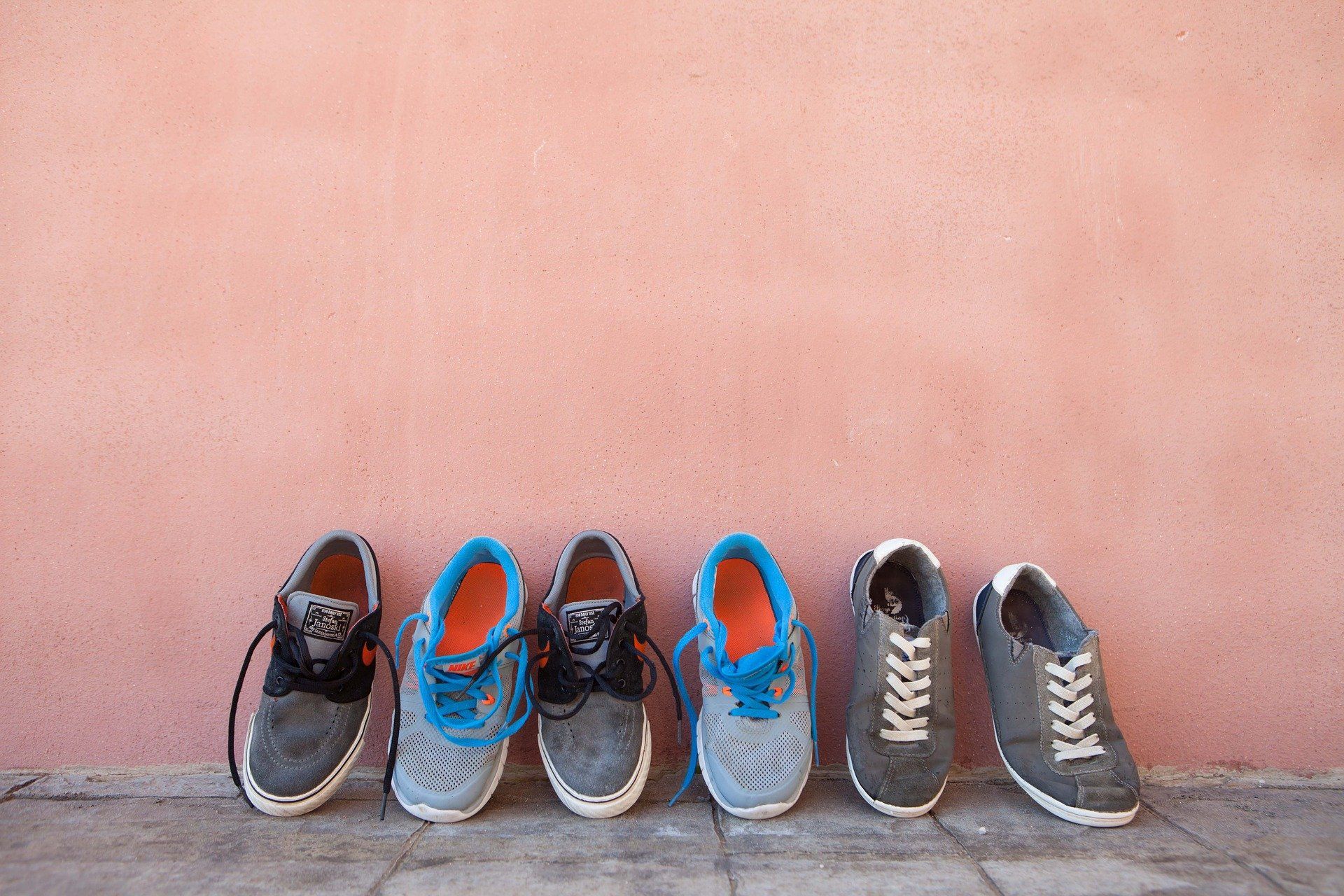Blog Layout
Shoulder Pain, Have you ever had it?
Aug 31, 2021
Shoulder Pain?
I am sure that at once stage you have had the odd “niggle” or “twinge” in the shoulder. But have you noticed this “niggle” stick around a little too long or mainly around when doing certain odd jobs around the house?
Shoulders are designed to have more flexibility than most joints to allow up to do many of the activities we like to do throughout the day whether that being cleaning, working, or sports. However, overtime if not treated with appropriate care or support can lead to a “niggle” that sticks around for a little too long.
What is the Common Presentation for Shoulder Pain?[1,2,3]
• Swelling, tender, painful when directly touched over shoulder
• Pain when lying on side of shoulder
• Pain when lifting arm
• Difficulties with overhead activities
• Difficulties reaching behind back
• Limited range of shoulder in all directions due to pain
• Gradual onset of limited range or pain
How Does Physiotherapy Help Manage Shoulder Pain?
• Performing thorough movement and strength examination of the upper body, alongside providing education and understanding of the condition/injury.
• Correcting incorrect biomechanics of the shoulder with strategies and modifications (taping, bracing, ergonomics)
• Performing manual therapy techniques and treatments to help resolve any joint imbalances helping to improve range and overall shoulder function.
• Creating an individualised exercise program tailored for resolving any muscle imbalances as a result from ongoing shoulder pain.
• Providing education on pain management and self management strategies and techniques.
If you have any questions regarding your shoulder pain, please give us a call. Here at Better Movement Clinic, we provide all clients with accurate diagnosis of what is happening, and treatments tailored individually to help return to previous level of function and get back in action as soon as possible.
We are conveniently located behind the Blood Bank on Ruthven Street in Toowoomba and have a second clinic out in Dalby in the Myall Center. Also travel around in our mobile clinic every three weeks servicing the Miles and Tara communities.
References
1. Bonafede, R., & Bennett, R. (1987). Shoulder pain. Postgraduate Medicine, 82(1), 185-193. doi: 10.1080/00325481.1987.11699906
2. Greenberg, D. (2014). Evaluation and Treatment of Shoulder Pain. Medical Clinics Of North America, 98(3), 487-504. doi: 10.1016/j.mcna.2014.01.016
3. Mitchell, C., Adebajo, A., Hay, E., & Carr, A. (2005). Shoulder pain: diagnosis and management in primary care. BMJ, 331(7525), 1124-1128. doi: 10.1136/bmj.331.7525.1124
Share
Tweet
Share
Mail

By Kathleen McCosker (Accredited Exercise Physiologist, Diabetes Educator)
•
26 Nov, 2021
Managing your diabetes is certainly an important aspect of maintaining your health and quality of life, but your goals and interests are very important too. Exercise Physiologists are specially trained in prescribing exercise to achieve your goals and manage your health while considering all aspects of your life, come and visit one of our Exercise Physiologists to discuss the best exercise for you, your life, your goals, and your diabetes. What is Type 2 Diabetes? Type 2 Diabetes is the result of increased insulin resistance and beta-cell impairment. Your pancreas has cells, named beta-cells, that produce insulin which helps your body use and store glucose, the sugar your body gains from the carbohydrates you eat. When you eat carbohydrates, your pancreas makes and releases insulin, which helps your body use and store the glucose (usually known as ‘sugars’) that are contained in carbohydrate foods. This insulin helps your body use the glucose as energy for your brain and muscles, or store the glucose in your muscles and liver to be used later. Without insulin the glucose stays stuck in your blood, which raises blood glucose levels and reduces the amount of glucose your brain and muscles have available to use as energy. In Type 2 diabetes, two areas of this process are impacted. 1. Beta-cell death: The cells in your pancreas that make insulin are overworked and some cells can die. Usually due to years of working too hard to create enough insulin to keep up with high carbohydrate and sugar intake and/or because they were a bit weaker to begin with and became more easily overworked than usual (due to family history and genetics). 2. Insulin resistance: Your body needs more insulin than usual to get the glucose out of your blood and into cells where it can be used as energy or stored for later. This puts stress on your body to produce more insulin than it usually would and often leads to further beta-cell death. These two processes cause ongoing problems, because as your insulin resistance gets worse and you need more insulin to do the same job, your cells get more and more overworked trying to keep up with your bodies demand. How does exercise help? As you exercise your heart rate increases and pumps your blood around your body more rapidly, this increase in blood flow helps deliver the glucose in your blood to your muscles, so it is pulled out of your blood more quickly than usual. Within your muscle cells there are transporters that move the glucose from your blood into your muscle cells to be used, some of these cells are powered by insulin, but some of these transports are powered by exercise. So, as you exercise, your cells have access to both the insulin and exercise transporters to get the glucose out of your blood and into your muscles, enabling much more glucose than usual to be moved out of the blood. Once you have moved your body and muscles, your muscles need to replenish their energy supplies again. To do this, a large amount of glucose is taken out of your blood and stored in your muscles, ready for the next time exercise is completed, taking this glucose out of your blood reduces your blood glucose levels. Replenishing the glucose stores in your muscles is also beneficial for preventing weight gain because if more glucose is stored in your muscles, less if left over to be stored as body fat in your adipose tissue. As your exercise more regularly and get fitter your body becomes more efficient at storing glucose and can store much more in your muscles than previously. However, this does not increase forever, and you must continue physical activity regularly to maintain your improved ability. What type of exercise is best? To choose the best exercise for you it is important to consider all the other aspects of your life and health, because you are much more than just your diabetes diagnosis. Exercise should be focused on improving your health and wellbeing, making you feel stronger, increasing your independence and ensuring you can continue to complete all the activities you enjoy throughout your lifespan

By Better Movement Clinic Podiatrist
•
09 Nov, 2021
In-toeing or pigeon-toed is a very common walking pattern in young children. As they walk their toes turn inwards ‘like a pigeon’. This type of walking is commonly seen in children between the ages of 2 years old and 7 years old. A lot of the time, in-toeing at these ages isn’t cause for concern as it can be a very normal part of your child’s development. However, this isn’t always the case. If your child is in-toeing and you notice the following: Excess tripping and/or clumsiness Fatigues very quickly Wants to be carried all the time Can’t keep up with other children their age Wears through footwear very quickly Is over the age of 7 Is excessively in-toeing and it doesn’t just look quite right We do recommend that you see a health professional. Our podiatrist can assist you with any of the above concerns you may have or if you just want to get a check up on your child’s feet, we are here to help. Contact the Toowoomba clinic today on 4632 7024 or 4662 2855 for our Dalby clinic.


